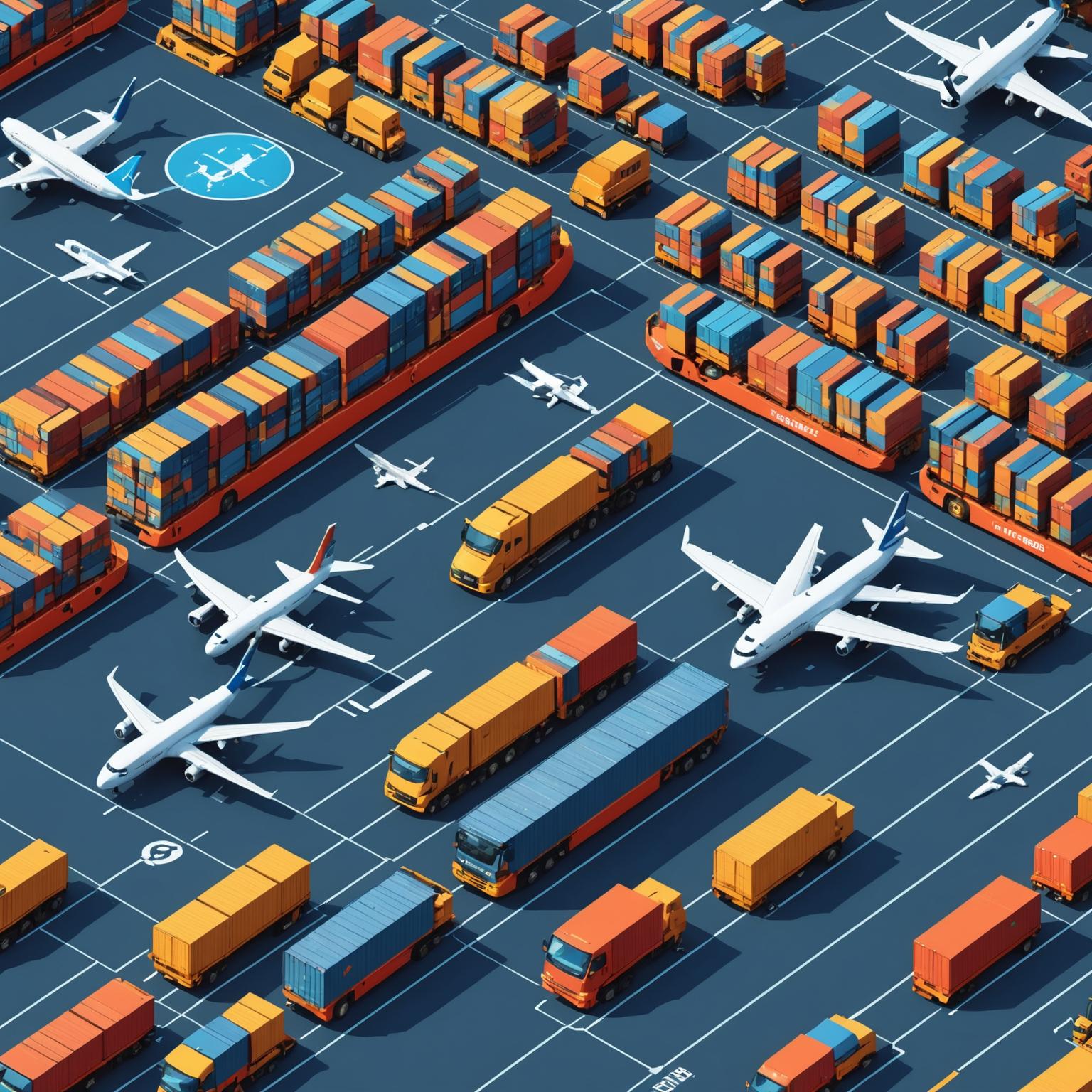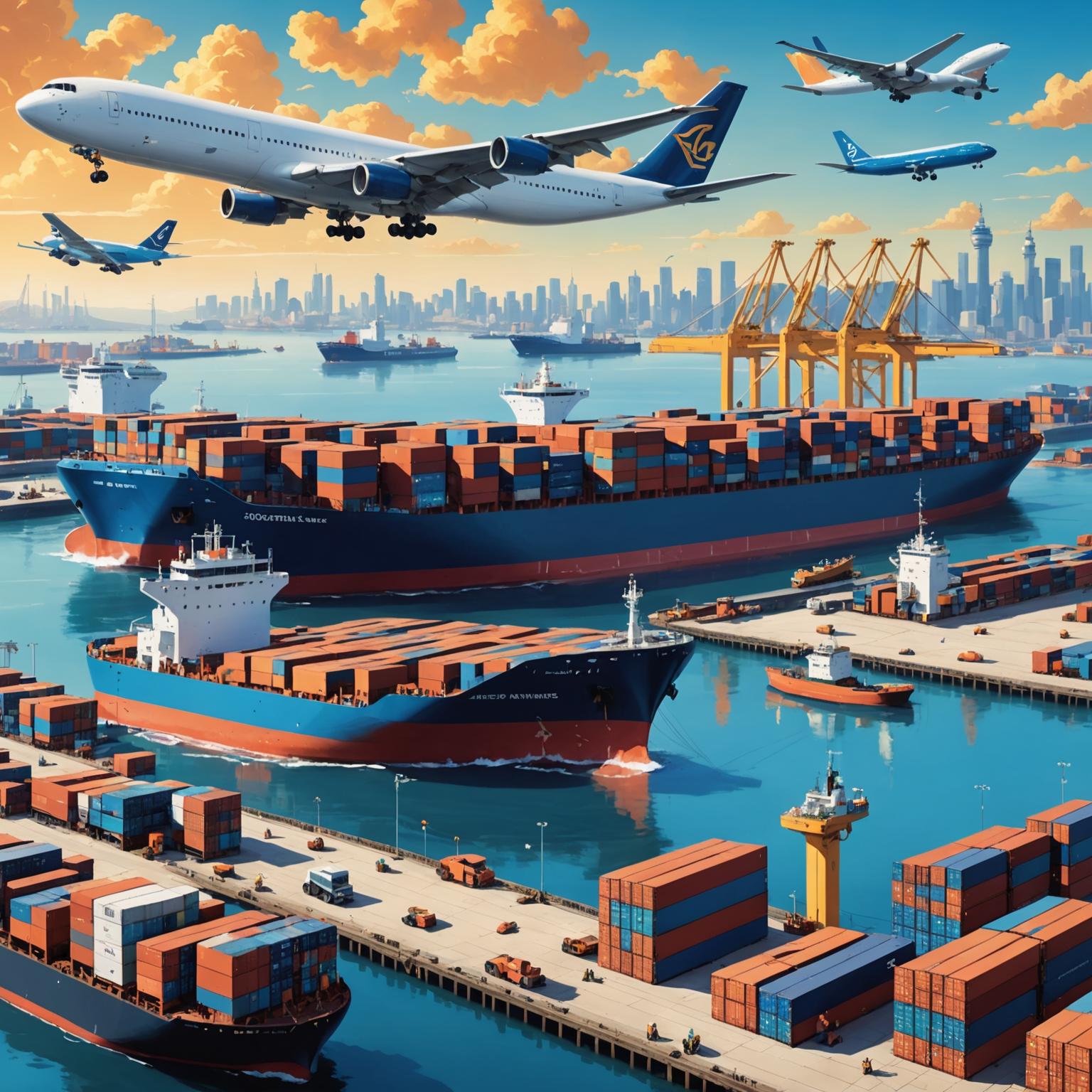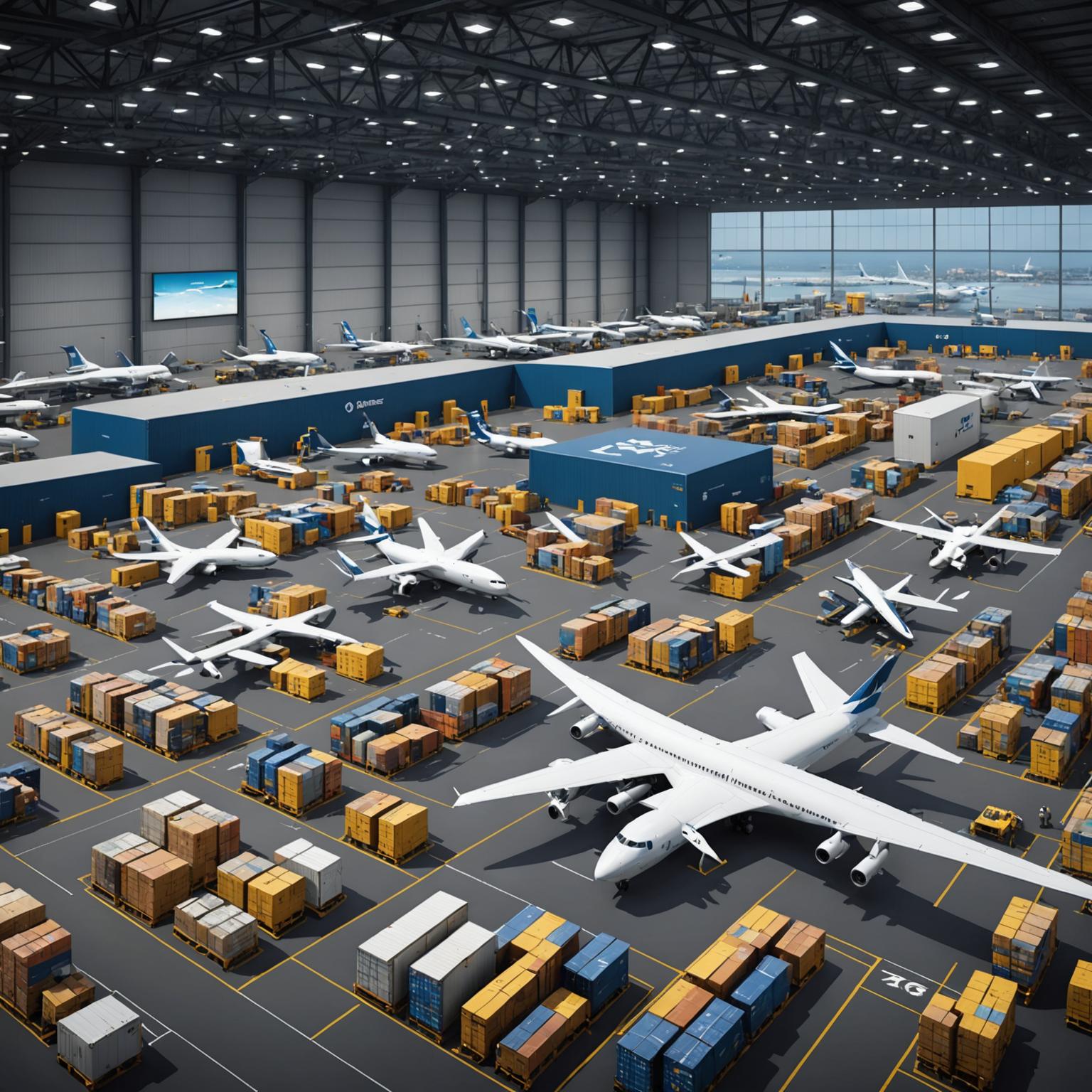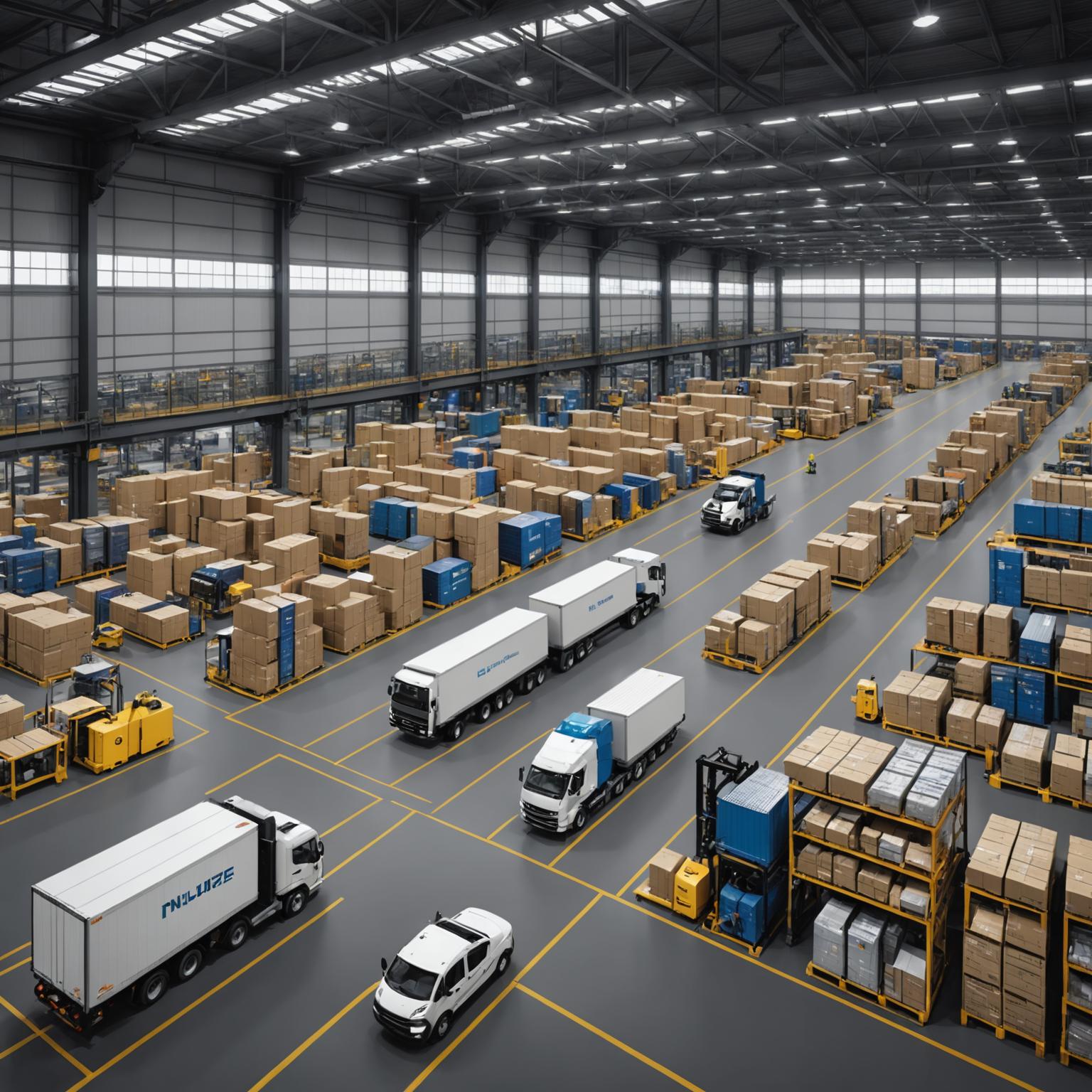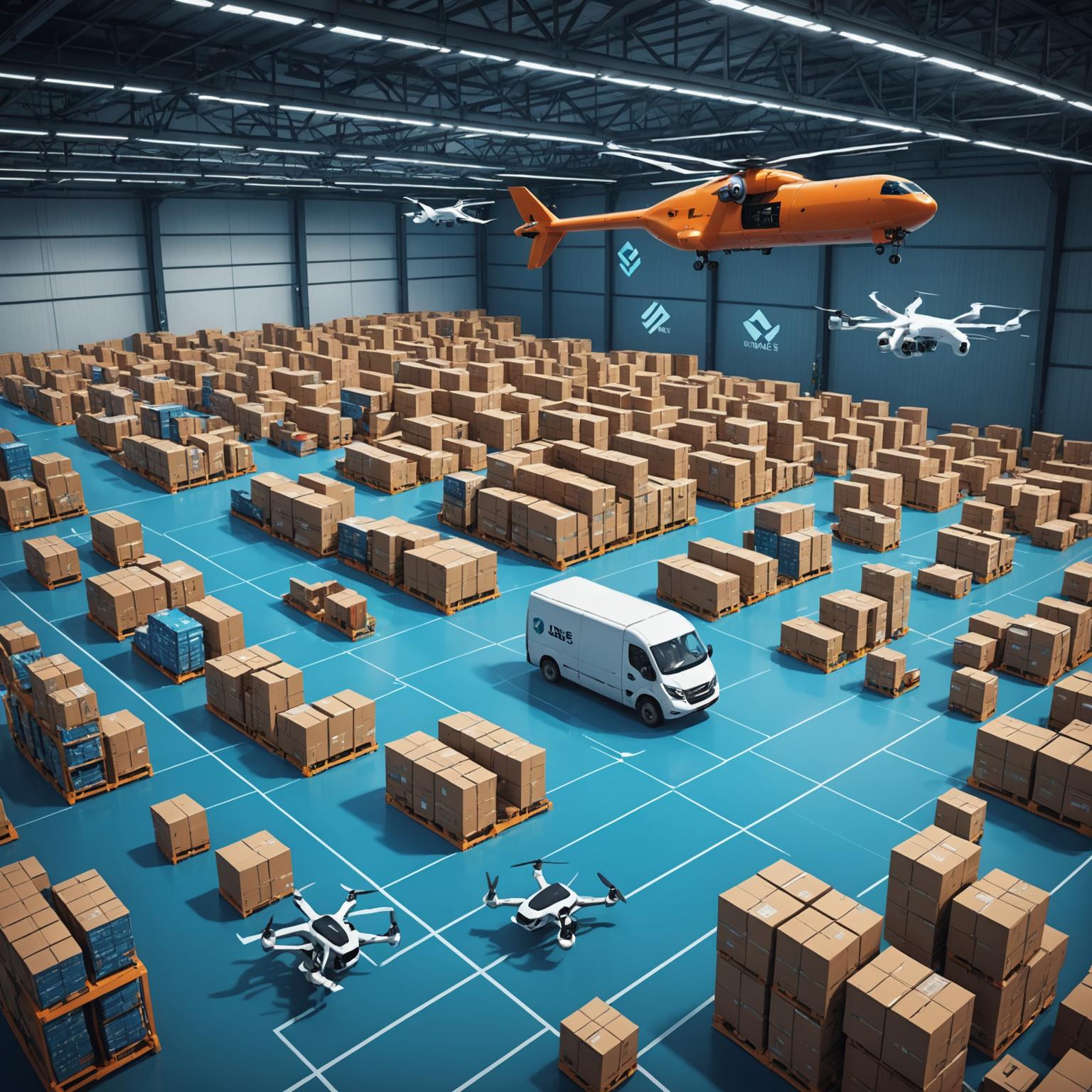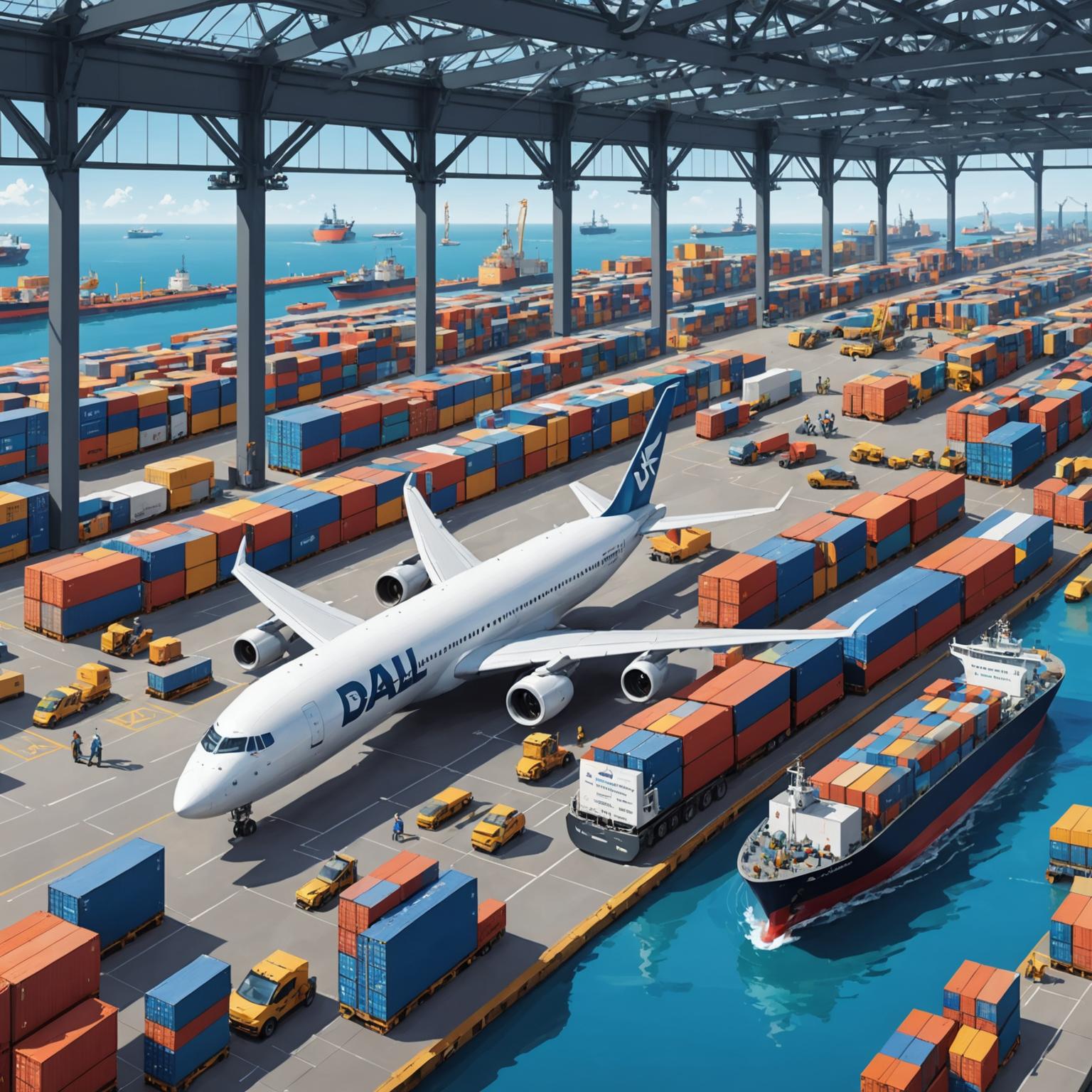In today's fast-paced global marketplace, a streamlined and efficient supply chain is not just an advantage; it's a necessity. The ability to move goods quickly and reliably across continents is the backbone of modern commerce, with Air Transport serving as a critical component for businesses that prioritize speed and security. This mode of transit, once considered a luxury, is now an integral part of a sophisticated, multi-modal logistics strategy that combines the best of air, land, and sea to meet diverse shipping demands.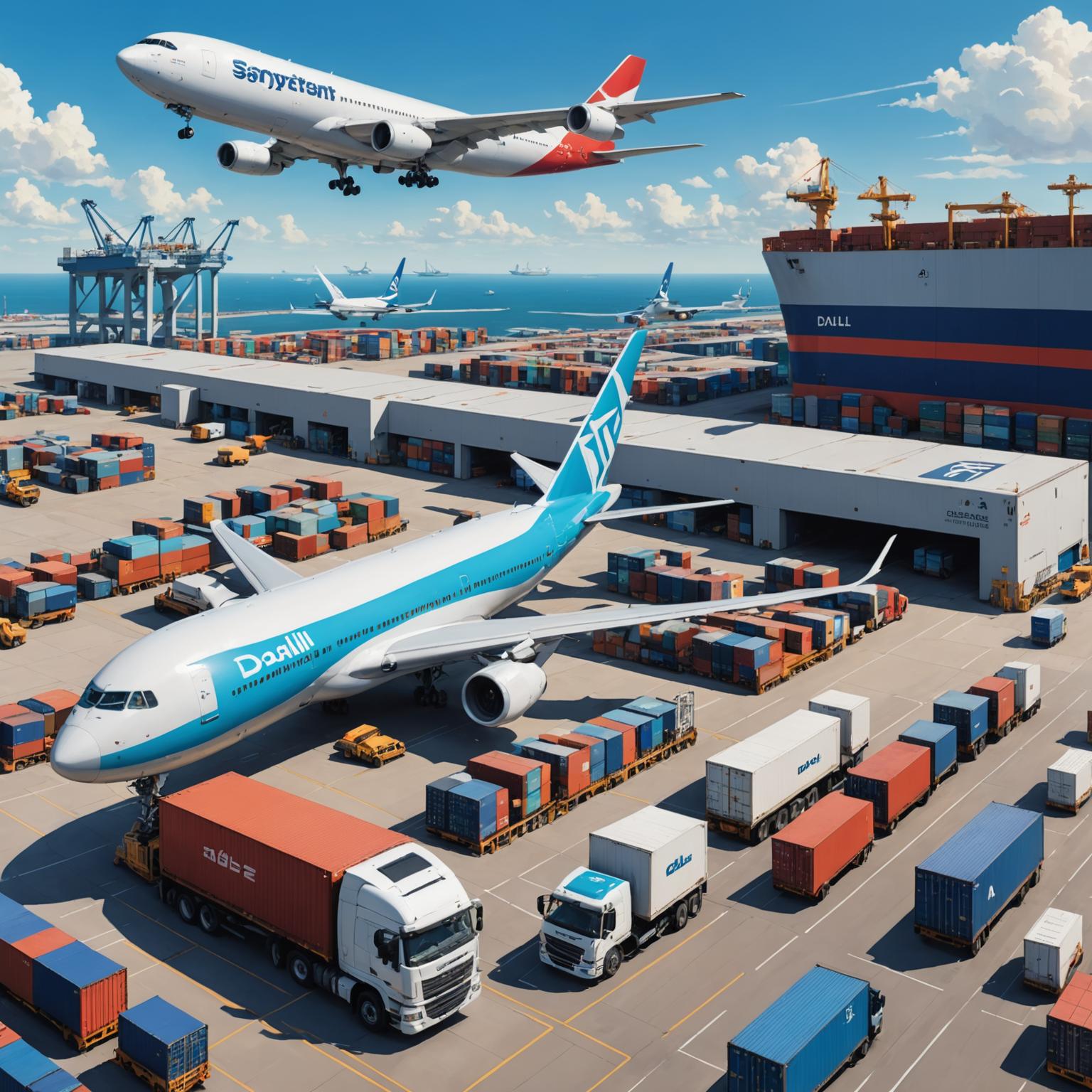
The Need for Speed: The Advantage of Air Transport
The primary benefit of Air Transport is its unparalleled speed. For high-value, time-sensitive, or perishable goods, there is simply no faster way to bridge vast geographical distances. From pharmaceuticals to electronics and seasonal fashion, air freight ensures that products reach their destination in a fraction of the time it would take by sea. This rapidity minimizes inventory holding costs and allows businesses to respond swiftly to market changes. However, a successful delivery doesn't end when the plane touches down. The journey from the airport to the warehouse or final customer requires a seamless transition to another vital mode of logistics.
Connecting the Dots: The Role of Truck Transport
This is where the reliability of Truck Transport becomes indispensable. Acting as the essential link for first-mile and last-mile delivery, trucking connects air cargo hubs to manufacturing plants, distribution centers, and retail outlets. Without an efficient ground network, the speed advantage gained by air freight would be quickly lost. Modern Truck Transport is more than just moving boxes; it involves advanced fleet management, real-time tracking, and optimized routing to ensure that shipments continue their journey securely and on schedule. This synergy between air and land transport creates a powerful door-to-door solution.
Mastering the Seas: Flexible Ocean Freight Solutions
While speed is crucial for some shipments, cost-effectiveness and capacity are paramount for others. For bulk goods and less urgent cargo, ocean freight remains the most economical choice. The industry offers flexible options to cater to varying shipment sizes, most notably Full container shipping, Less container load (LCL). Full Container Load (FCL) is ideal for businesses with enough goods to fill an entire container, providing security and a straightforward shipping process. For smaller shipments, Less than Container Load (LCL) allows multiple shippers to share space within a single container, offering a cost-effective way to access global sea routes without needing a large volume of goods. This flexibility allows companies to optimize their shipping strategies based on volume and budget, making ocean freight a versatile part of the supply chain.
Synergy in Motion: The Power of Integrated Logistics
True logistical excellence is achieved when these distinct modes of transport work in harmony. The future of logistics lies in integrated solutions that combine the strengths of Air Transport, Truck Transport, and ocean options like Full container shipping, Less container load. Advanced platforms now offer a unified view of the entire supply chain, enabling seamless coordination between cargo planes, container ships, and freight trucks. With smart tracking technology, businesses gain real-time visibility into their shipments, whether they are in the air, on the water, or on the road. This integrated approach enhances efficiency, reduces the risk of delays, and provides the scalability needed to adapt to evolving market demands, ultimately building a more resilient and responsive global trade network.

